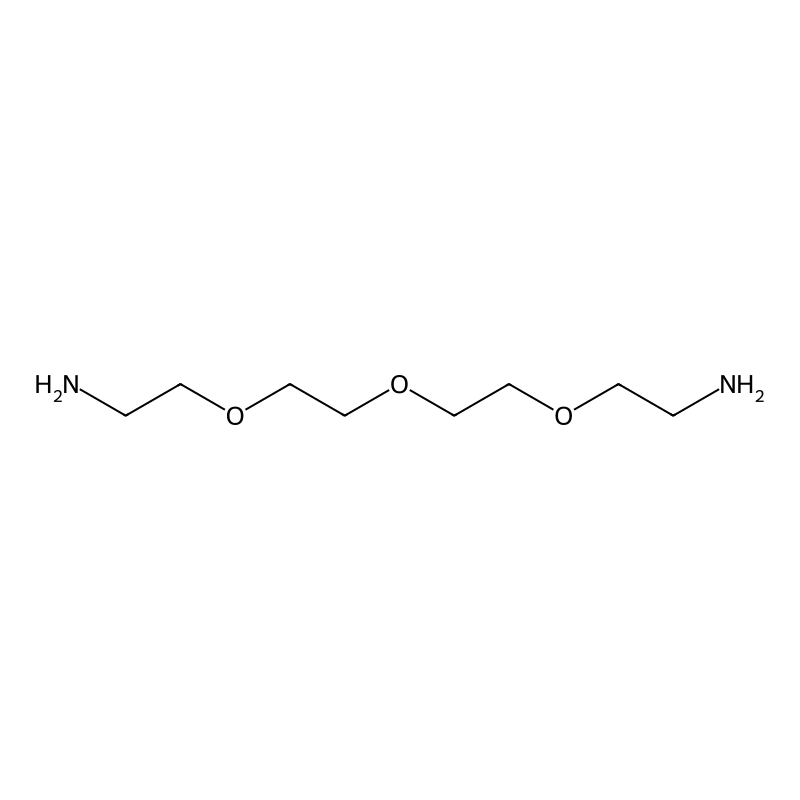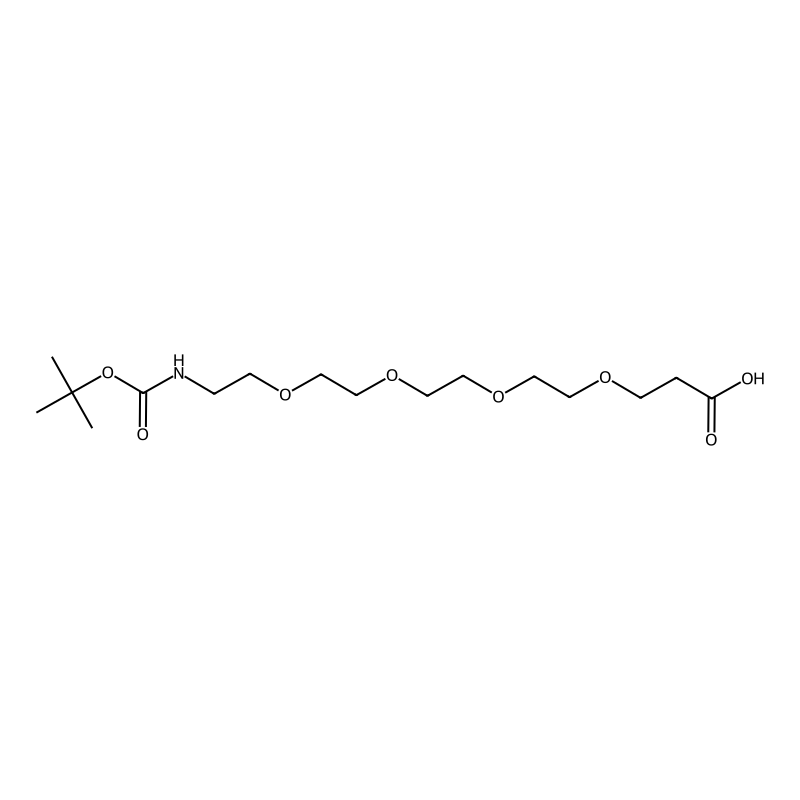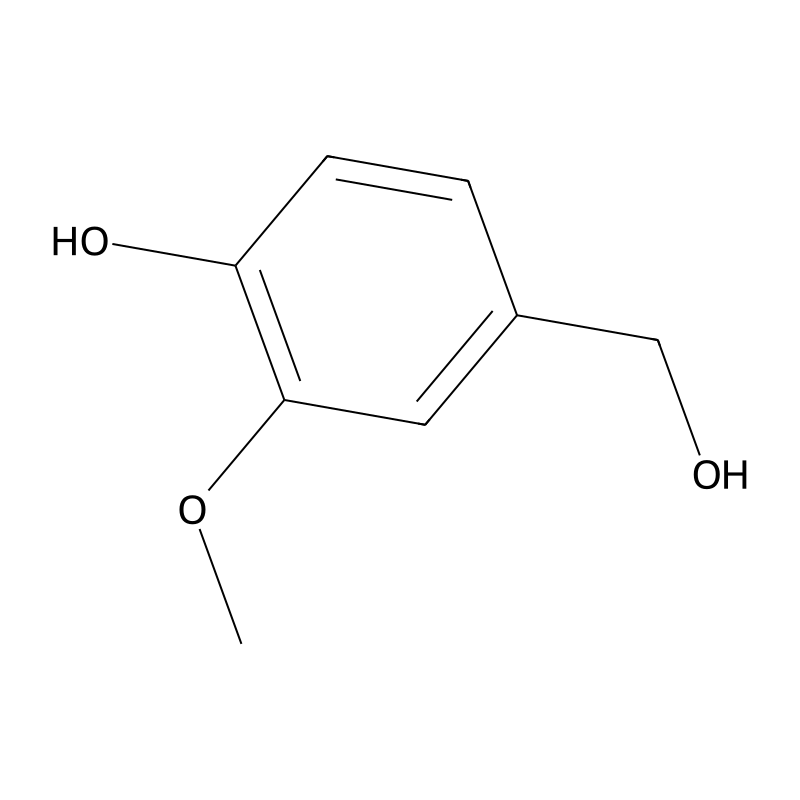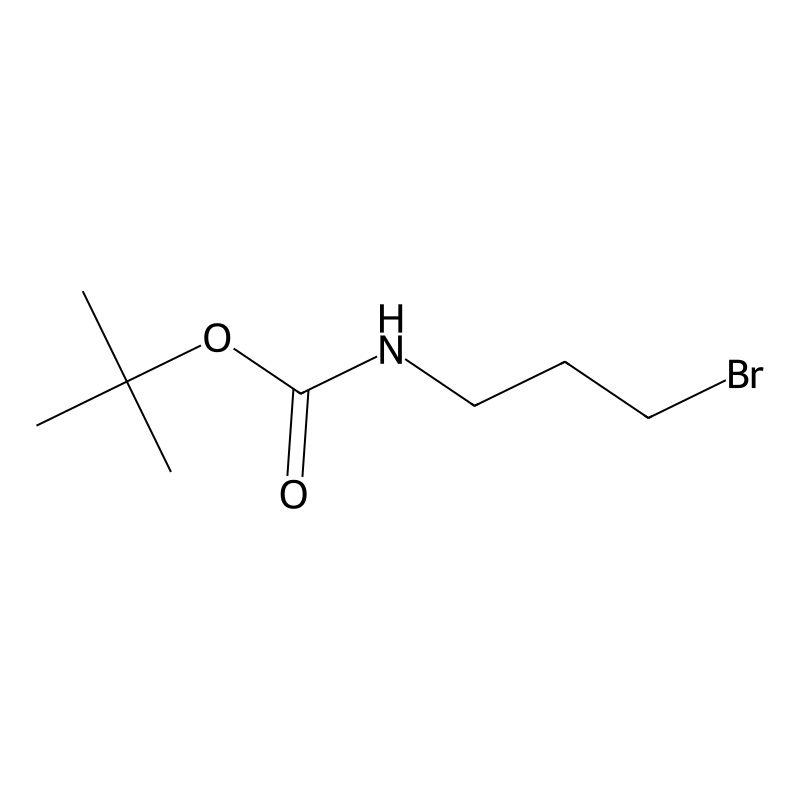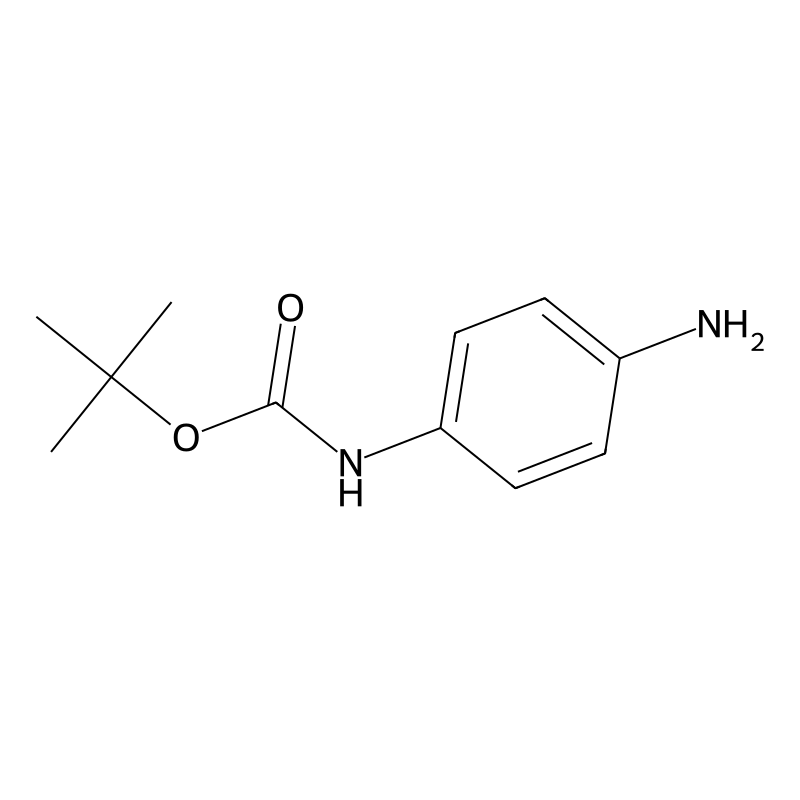Crosslinkers
CAS No.:929-75-9
Molecular Formula:C8H20N2O3
Molecular Weight:192.26 g/mol
Availability:
In Stock
CAS No.:756525-91-4
Molecular Formula:C16H31NO8
Molecular Weight:365.42 g/mol
Availability:
In Stock
CAS No.:498-00-0
Molecular Formula:C8H10O3
Molecular Weight:154.16 g/mol
Availability:
In Stock
CAS No.:83948-53-2
Molecular Formula:C8H16BrNO2
Molecular Weight:238.12 g/mol
Availability:
In Stock
CAS No.:71026-66-9
Molecular Formula:C11H16N2O2
Molecular Weight:208.26 g/mol
Availability:
In Stock
CAS No.:75937-12-1
Molecular Formula:C11H23NO3
Molecular Weight:217.31 g/mol
Availability:
In Stock
